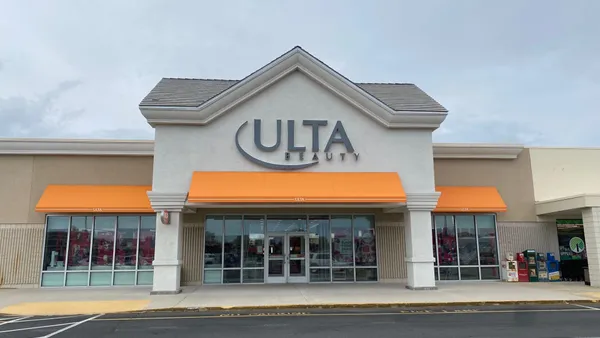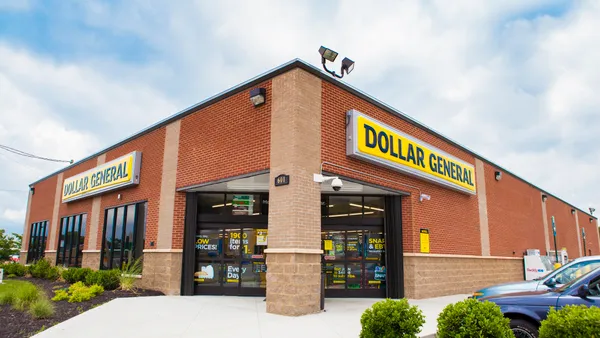Dive Brief:
-
While store closing coverage seemed to dominate retail news during the opening months of 2017, mall vacancy rates in most areas of the United States in fact remained relatively flat in the first quarter, according to data from real estate research firm Reis cited by Calculated Risk.
-
Mall vacancy rates rose in 28 of 77 U.S. metro areas in Q1; by comparison, mall vacancy rates increased in 30 metro areas during the fourth quarter of 2016, according to Reis. The vacancy rate at regional malls was 7.9% in Q1 2017, up from 7.8% in Q4 and increasing from 7.8% the year-ago quarter, but down from a cycle peak of 9.4% in Q3 2011. For strip malls, the vacancy rate was 9.9% in Q1, the same as Q4 and also unchanged from 9.9% in Q1 2016. The vacancy rate for strip malls peaked at 11.1% in Q3 2011.
-
The average national asking rent rose 0.3% in the first quarter of 2017, while effective rents grew 0.4%, Reis adds.
Dive Insight:
The U.S. is over-stored, with easy credit in the 1980s and again in the early 21st century helping boost shopping center development. The correction that’s now underway includes a moratorium on building new shopping centers, which is helping keep vacancy rates mostly flat, according to Reis.
"Despite dire reports of store closures in major brands across the country, the overall retail real estate statistics recorded very little change in the quarter as the neighborhood and community shopping center vacancy rate held steady at 9.9%, unchanged from year-end 2016 as well as from the first quarter of 2016,” Reis economist Barbara Denham said.
The worst performing malls are losing retailers and customers: Retail property loan delinquencies rose by 0.6 of a percentage point to 5.76%, according to data from real estate research firm Trepp LLC. “Special servers” that handle troubled commercial mortgage securities took on $3.1 billion worth of retail property-backed loans last year, up from $2.9 billion in 2015, Trepp added.
Mall property values also are shrinking in many areas of the U.S., and landlords are increasingly throwing in the towel when they get underwater, according to other reports. From January to November 2016, 314 loans secured by retail property — totaling about $3.5 billion — were liquidated for a loss of $1.68 billion, a rise of 11% from the same period in 2015, according to data from Morningstar Credit Ratings. In addition, mall landlords are increasingly amenable to re-negotiations of their leases, Debtwire associate editor Reshmi Basu recently told Retail Dive.















